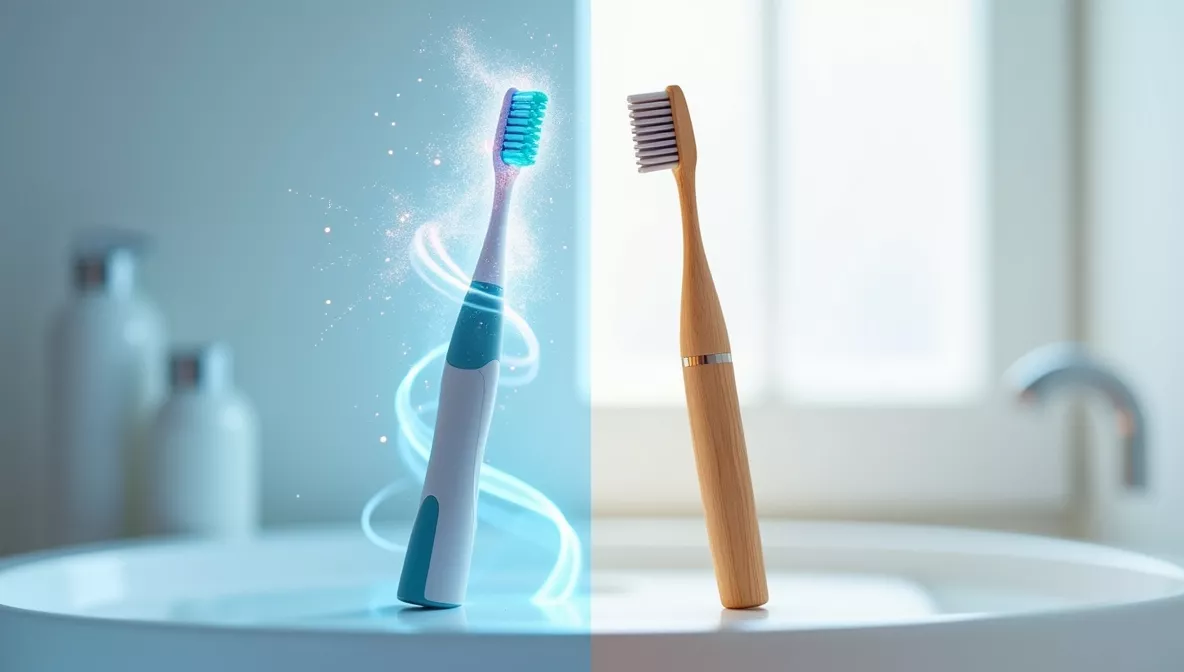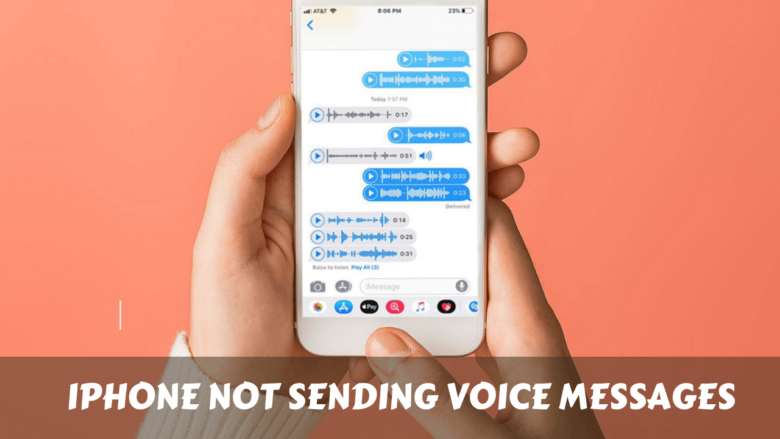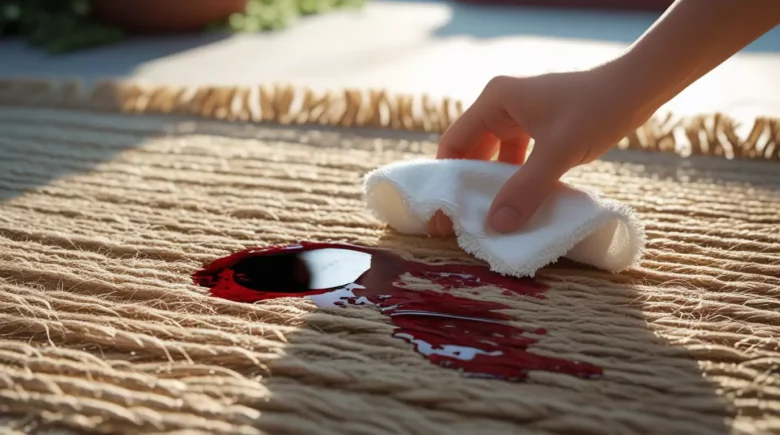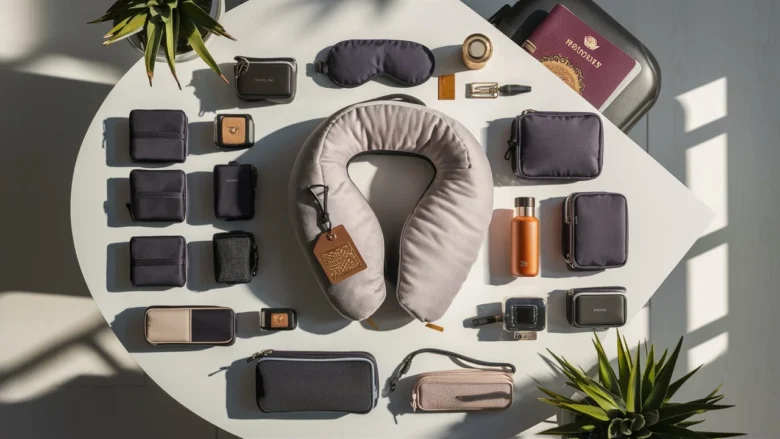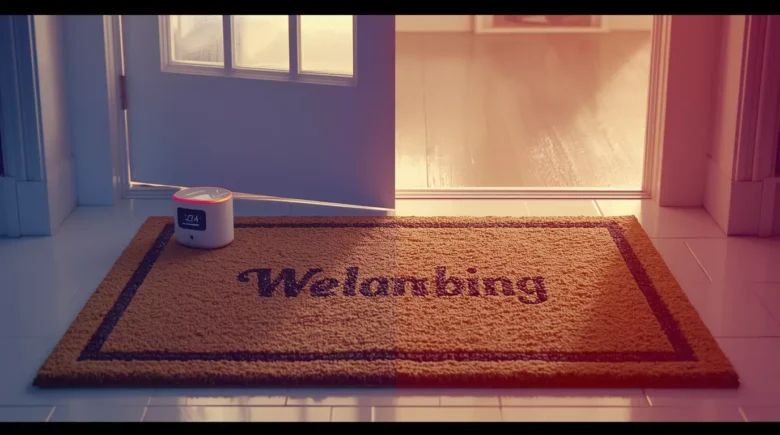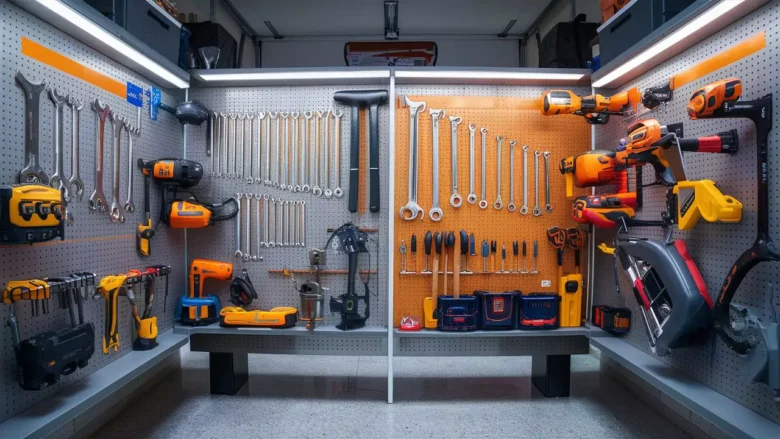You’re standing in the toothbrush aisle at Target.
- The Real Deal About Electric vs Manual Toothbrushes
- Why I Switched to Electric (And Why You Might Too)
- The Science Behind Electric Toothbrush Cleaning Power
- Manual Toothbrush Benefits (Yes, They Have Some)
- The Electric Toothbrush Game Changers
- Different Types of Electric Toothbrushes Explained
- The Cost Reality Check
- My Personal Experience: 6 Month Results
- Electric Toothbrush vs Manual for Different People
- The Features That Actually Matter
- How to Choose the Right Electric Toothbrush
- The Technique Still Matters
- Common Electric Toothbrush Mistakes
- Environmental Impact: Something to Consider
- The Bottom Line on Electric Toothbrush vs Manual
Looking at a $3 manual toothbrush next to a $200 electric one.
Wondering if you’re about to get scammed or if that electric toothbrush is actually worth it.
I’ve been there too.
Let me tell you what I learned after testing both for months and talking to my dentist about what really matters.
The Real Deal About Electric vs Manual Toothbrushes
Here’s what nobody tells you.
Your technique matters more than your toothbrush.
But electric toothbrushes make good technique way easier.
Think of it like this – you can get ripped with bodyweight exercises or fancy gym equipment.
But the fancy equipment makes it easier to do things right.
Same deal with toothbrushes.
Why I Switched to Electric (And Why You Might Too)
Last year my dentist told me I had early gum disease.
I was brushing twice a day with a manual brush.
Thought I was doing everything right.
Turns out I wasn’t.
My brushing was inconsistent.
Some days I’d brush for 30 seconds.
Other days maybe 2 minutes.
I’d miss the same spots every time.
Sound familiar?
That’s when I decided to test an electric toothbrush.
The Science Behind Electric Toothbrush Cleaning Power
Electric toothbrushes don’t just vibrate for fun.
They create thousands of brush strokes per minute.
A manual brush? You’re doing maybe 300 strokes per minute if you’re fast.
An electric brush does 31,000.
That’s not even close.
The movement patterns matter too:
- Sonic brushes create fluid motion that reaches between teeth
- Rotating brushes physically scrub plaque away
- Both remove more bacteria than manual brushing
Multiple studies show electric brushes remove 21% more plaque than manual ones.
That’s not marketing fluff.
That’s real data.
Manual Toothbrush Benefits (Yes, They Have Some)
Don’t get me wrong.
Manual toothbrushes aren’t trash.
Here’s where they shine:
- Cost – You can get a good one for $3
- Travel – No charging, no bulk
- Control – You decide the pressure and speed
- Reliability – Never runs out of battery
- Simplicity – Pick up and brush
I still keep manual brushes as backups.
When I travel light.
When my electric dies.
When I’m camping.
They work fine if you use them right.
The Electric Toothbrush Game Changers
After 6 months with electric, here’s what actually changed:
Timer Function No more guessing if I brushed long enough. Most electric brushes buzz every 30 seconds. Tell you when to switch quadrants. Auto-shut off at 2 minutes.
Pressure Sensor I was brushing way too hard. Didn’t even know it. Electric brush lights up red when you press too hard. Saved my gums from more damage.
Consistent Motion Every brush stroke is the same. No tired arm affecting my cleaning. No rushing through because I’m late.
Better Reach The vibration helps the bristles get into spaces I’d miss. Between teeth. Along the gum line. Back molars I could barely reach.
Different Types of Electric Toothbrushes Explained
Sonic Toothbrushes These vibrate side to side super fast. Create waves in your saliva that clean between teeth. Gentler on gums. Better for sensitive mouths.
Rotating Brushes Small round head that spins. More like scrubbing action. Better for heavy plaque buildup. Need to move them tooth by tooth.
Ultrasonic Brushes Highest tech option. Use sound waves to break up bacteria. Most expensive. Probably overkill for most people.
I went with sonic.
Works for my sensitive gums and gets everything clean.
The Cost Reality Check
Let’s talk money.
Because that’s what you’re really thinking about.
Manual Toothbrush Costs:
- Good brush: $3-5
- Replace every 3 months: $12-20 per year
- Over 10 years: $120-200
Electric Toothbrush Costs:
- Decent electric brush: $50-100
- Replacement heads: $20-30 per year (4 heads)
- Over 10 years: $250-400
So yeah, electric costs more.
About double.
But here’s the thing – one filling costs $150-300.
One root canal costs $1000+.
If electric prevents even one major dental issue, it pays for itself.
My Personal Experience: 6 Month Results
Remember that early gum disease I mentioned?
After 6 months with electric:
- Gums stopped bleeding completely
- Plaque buildup way less between cleanings
- Dentist said my gums looked healthier
- No more morning breath (weird bonus)
- Teeth feel cleaner longer
The bleeding stopped in about 2 weeks.
That alone convinced me.
Electric Toothbrush vs Manual for Different People
Get Electric If You:
- Have gum problems
- Struggle with brushing technique
- Want maximum cleaning power
- Don’t mind spending more upfront
- Like tech that helps you improve
- Have limited mobility or dexterity issues
Stick With Manual If You:
- Have perfect brushing technique already
- Travel constantly for work
- Hate charging another device
- Are on a tight budget
- Prefer full control over pressure and speed
The Features That Actually Matter
Don’t get fooled by marketing gimmicks.
Here’s what actually improves your brushing:
Must-Have Features:
- 2-minute timer with 30-second intervals
- Pressure sensor
- Multiple cleaning modes
- Good battery life (at least 2 weeks)
- Replacement head availability
Nice-to-Have Features:
- Bluetooth app connectivity
- Travel case
- Multiple brush heads included
- Different intensity levels
Useless Features:
- UV sanitizers (soap and water work fine)
- 47 different modes (you’ll use 2 max)
- Fancy charging stations
- “Whitening” modes (it’s just marketing)
How to Choose the Right Electric Toothbrush
For Beginners: Start with a basic sonic brush around $50-70. Oral-B and Philips Sonicare both make good entry models. Don’t overthink it.
For Gum Issues: Get one with a gum care mode. Pressure sensor is non-negotiable. Softer brush heads.
For Plaque Problems: Rotating brush head works better. Higher speed settings. Focus on thorough cleaning over gentleness.
For Sensitive Teeth: Sonic over rotating. Lower intensity settings. Soft bristles only.
The Technique Still Matters
Electric doesn’t mean you can be lazy.
You still need to:
- Hit all surfaces of each tooth
- Angle the brush toward your gum line
- Don’t press hard (let the brush do the work)
- Replace heads every 3 months
- Use fluoride toothpaste
Electric just makes good technique easier.
Common Electric Toothbrush Mistakes
Pressing Too Hard The brush does the work. You just guide it. Too much pressure damages gums and bristles.
Moving Too Fast Spend time on each tooth. Don’t rush around your mouth. Let the timer guide your pace.
Wrong Brush Head Soft bristles for most people. Medium only if you have serious plaque buildup. Never hard bristles.
Forgetting to Replace Heads Worn bristles don’t clean well. Every 3 months, no exceptions. Mark it on your calendar.
Environmental Impact: Something to Consider
Manual toothbrushes create more plastic waste.
You throw away the whole brush every 3 months.
Electric brushes last years.
You only replace the small head.
Less plastic in landfills.
Seems small but adds up over millions of people.
The Bottom Line on Electric Toothbrush vs Manual
Electric toothbrushes work better for most people.
Not because they’re magic.
Because they make it easier to brush properly.
They remove more plaque.
Reduce gum inflammation.
Give you consistent results even when you’re tired or rushed.
If you have good manual technique and healthy gums, stick with what works.
But if you’re like most people who could improve their brushing, electric is worth the investment.
I wish I’d switched years ago.
Would have saved me gum problems and probably some dental bills.
Your mouth will thank you.
And your dentist will notice the difference at your next cleaning.
The electric toothbrush vs manual debate isn’t really about the brush itself – it’s about giving yourself the best tools to maintain your oral health for life.


